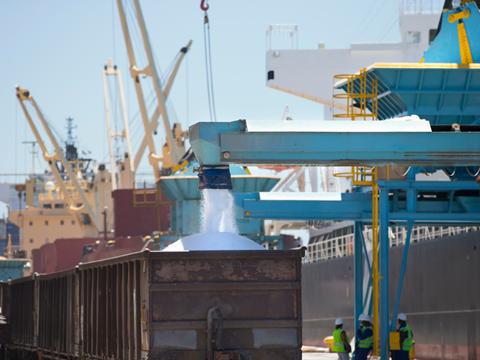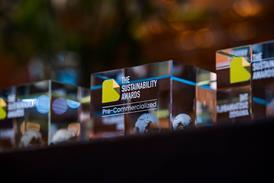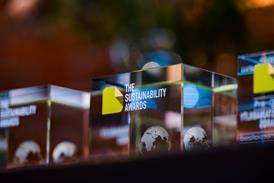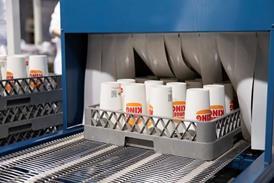
The European Parliament and Council have provisionally agreed on a regulation intended to keep plastic pellets out of the environment by improving their handling across the supply chain, enforcing measures such as a risk management plan for their packaging.
The proposed rules will apply to EU operators and both EU and non-EU carriers. In the latter case, an authorized representative would ensure that non-EU carriers operate on a level playing field with their EU counterparts – and make sure that all plastic pellet carriers are both accountable for and transparent about their operations.
A new framework will introduce measures such as a risk management plan to be prepared by each installation handling pellets; these would concern packaging, loading and unloading, staff training, and equipment, among other measures. Industry players will also be held to obligations regarding clean-up operations in the case of accidental losses.
Operators handling over 1,500 tonnes of plastic pellets every year will be expected to obtain a certificate from an independent third party. Small companies that exceed the 1,500-tonne threshold will be held to lighter obligations, including one-off certification to be completed in five years after entry into force.
Meanwhile, microenterprises and companies handling less than 1,500 tonnes annually will only be required to issue a self-declaration of conformity. These distinctions are expected to simplify compliance for different company sizes without compromising the regulation’s environmental benefits.
Not only will these rules apply to companies operating on land, but with 38% of all pellets transported in the EU in 2022 attributed to maritime transport – and in line with ongoing concerns that non-biodegradable pellets entering the oceans can remain for ’decades or more’ – obligations will also be laid out for pellets transported by sea in freight containers.
High-quality packaging will be mandatory, and transport and cargo-related information will be provided in accordance with the International Maritime Organization’s guidelines.
Anticipated to improve the handling of plastic pellets at every stage of the supply chain, the provisional agreement must now be endorsed by both the Council and Parliament. After a legal and linguistic review, both institutions must formally adopt the regulation and publish it in the Official Journal of the EU.
At this point, the regulation will apply two years after its publication; in the case of the maritime sector, the co-legislators have agreed to postpone the rules applying to ocean transport by an extra year.
“Microplastics, including plastic pellets are now found everywhere — in our oceans, seas and even in the food we eat,” explains Paulina Hennig-Kloska, Polish Minister for Climate and Environment. “Each year, the equivalent of up to 7,300 truckloads of plastic pellets are lost to the environment.
“Today, the EU has taken a landmark step toward reducing pellet pollution by adopting measures to tackle losses and ensure correct handling, including in maritime transport.”
A similar measure was introduced in late 2023 when the European Commission banned EU countries from shipping their plastic waste to non-OECD countries – a measure set to ensure the continent takes greater responsibility for its exports, utilizes waste as a resource in line with the Green Deal, and lifts the environmental burden on third countries.
In response, the European Recycling Industries’ Confederation (EuRIC) explained that European recyclers would become reliant on treating plastic waste and selling recycled plastics on the European market; it cautioned that ‘unbalanced pressure’ on recyclers could push companies to relocate outside of Europe and cause the continent to miss its legally binding recycling and recycled content targets, among other impacts.
More recently, the Single-Use Plastics Directive’s recycled content mandates came into effect this year; we spoke to Matt Tudball, Helen McGeough, Valentina Di Micco and Carolina Perujo Holland from ICIS to learn more about the impacts it has already had on the market and discuss ongoing areas of uncertainty.
If you liked this story, you might also enjoy:
Reuse vs. single use – which is better for the environment?
Sustainable Innovation Report 2025: Current trends and future priorities
What can the world learn from South Korea’s world-leading performance in plastics circularity?

















No comments yet